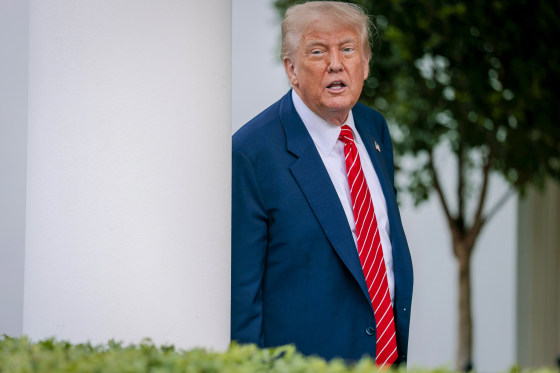Understanding the Carried Interest Loophole: Impacts and the Ongoing Debate

The United States tax system is full of complexities and ongoing debates, but few subjects generate as much controversy as the carried interest loophole. This article explains what the carried interest loophole is, explores its impact on tax fairness, and reviews the latest discussions about closing or reforming this provision.
What Is the Carried Interest Loophole?
The carried interest loophole refers to a tax provision that allows investment managers, particularly in private equity and hedge funds, to pay a lower tax rate on certain types of income. Instead of being taxed as regular income, carried interest is often treated as a long-term capital gain, which is subject to a lower tax rate. This has been criticized as a benefit for the wealthy, allowing some of the highest earners to reduce their tax bills substantially compared to other workers.
How Does It Work?
Carried interest is the share of profits that investment managers receive from their funds. Instead of being taxed at the ordinary income rate, which can be as high as 37%, it is typically taxed at the long-term capital gains rate, maxing out at 20%. This sizable difference is why the term "carried interest loophole" has sparked so much debate in US tax policy circles.
The Debate Over Reform
Efforts to close the carried interest loophole have been debated in Congress for years. Supporters of reform argue that changing this provision could help ensure that the wealthiest Americans pay their fair share. Critics counter that such a move could disincentivize investment and harm the broader economy.
Recently, there has been renewed attention to tax policy for high earners. For example, President Trump has suggested he is open to increasing taxes on the wealthy, which could impact discussions on loopholes like carried interest. However, details remain uncertain, and any move to eliminate or alter the loophole faces strong resistance.
Political Resistance and Economic Concerns
While some see closing the carried interest loophole as a step toward greater tax fairness, the political reality is challenging. As reported by NBC News, proposals to raise taxes on top earners, which could affect carried interest, have quickly encountered resistance among Republican lawmakers. Many party members argue that such reforms could hinder small businesses or diminish the incentive for capital investment, making bipartisan consensus difficult.
The Broader Context of Tax Reform
The carried interest loophole has become part of a larger conversation about the US tax code, wealth inequality, and fiscal policy. Several ideas are on the table, including allowing certain tax cuts for the wealthy to expire or introducing new brackets for top earners. Still, the specifics and likelihood of significant change remain uncertain as political negotiations continue.
Conclusion: The Future of the Carried Interest Loophole
The debate over the carried interest loophole is far from settled. Calls for reform remain strong as policymakers and voters seek a fairer tax system. However, the political and economic challenges are significant. For now, the carried interest loophole stands as a symbol of how complex and contentious US tax policy can be. Stay tuned to credible sources for updates on this evolving issue, and consider learning more about related tax proposals and reforms by reading in-depth coverage from CNN Politics and NBC News.